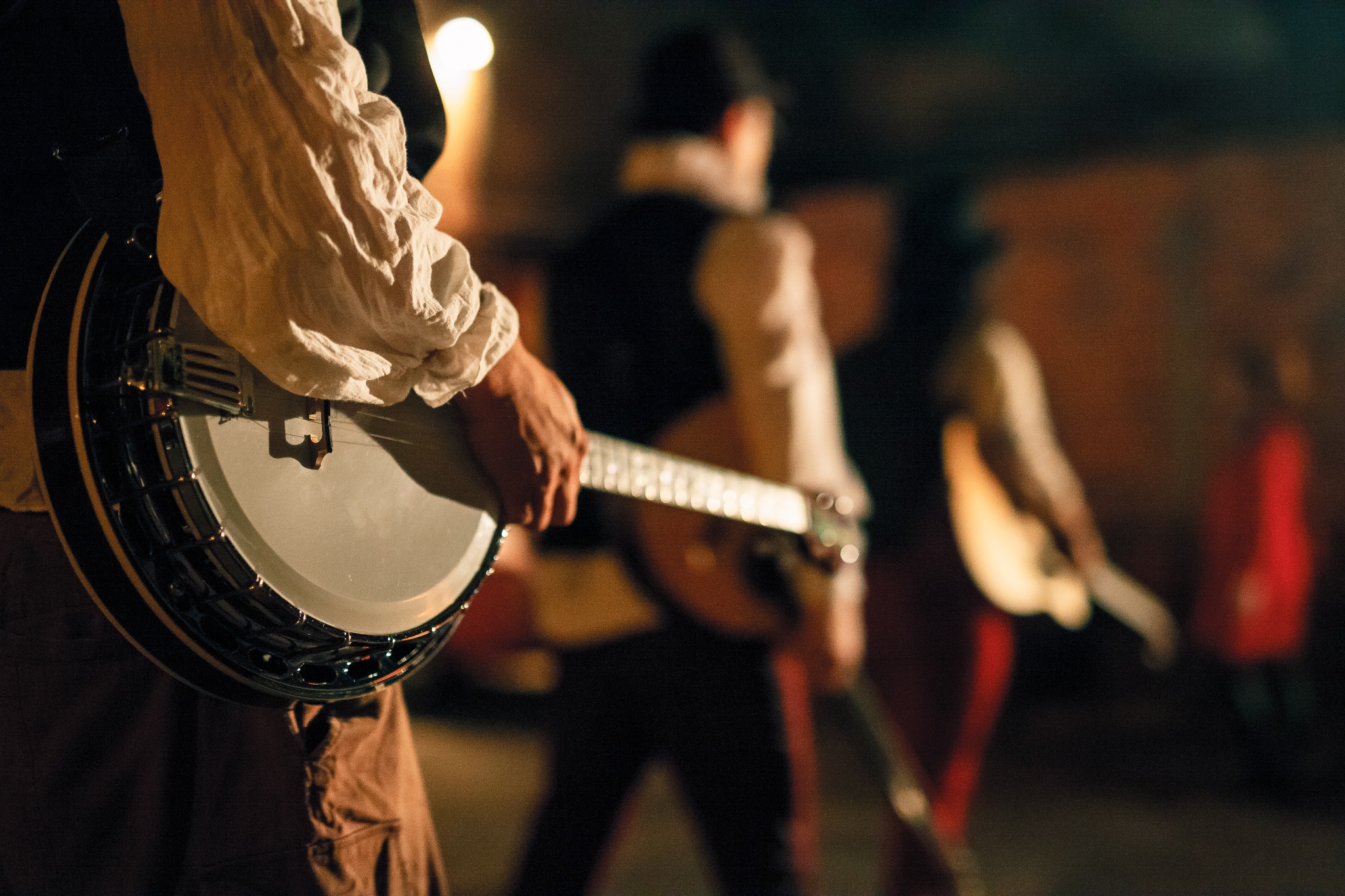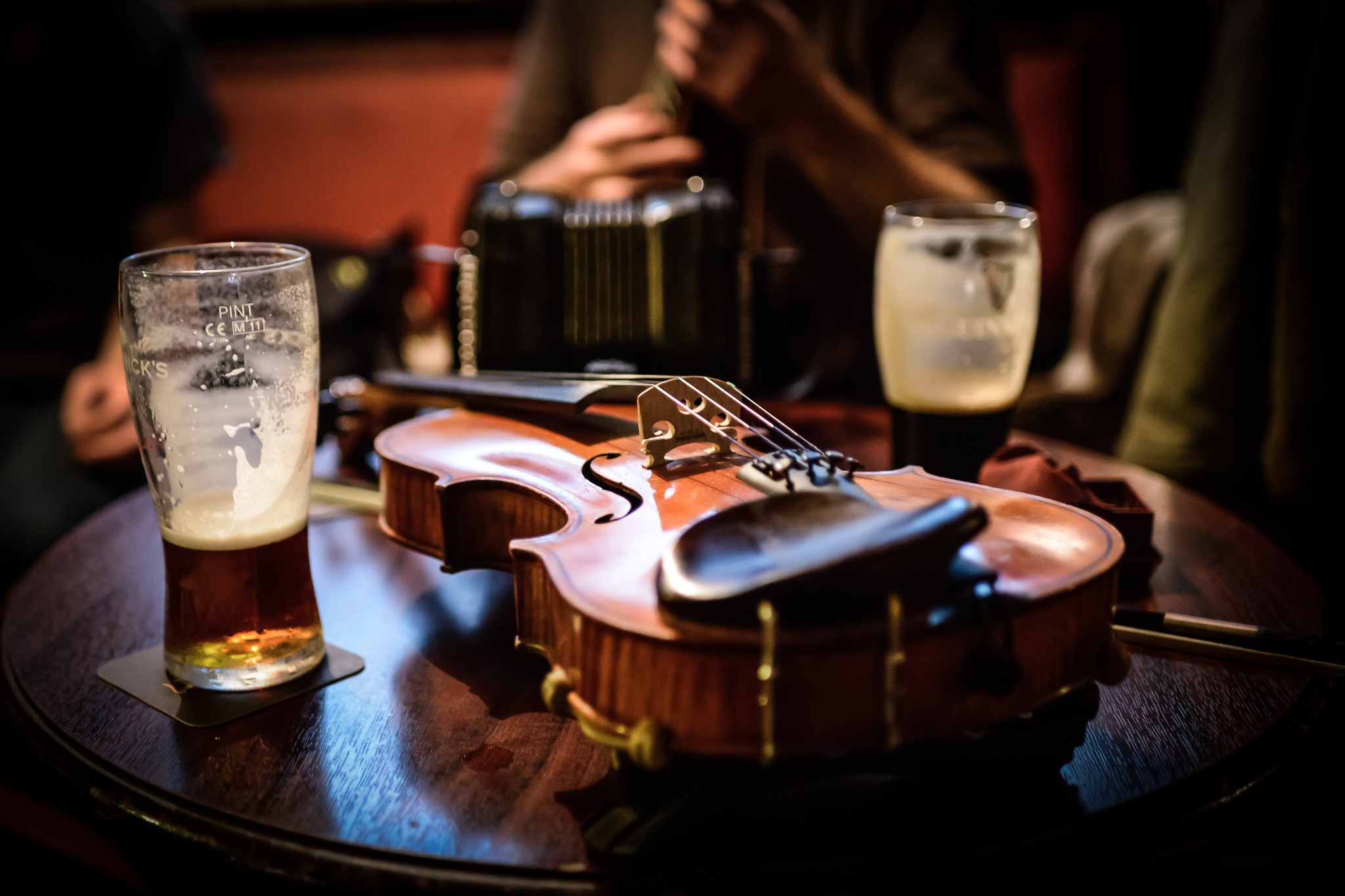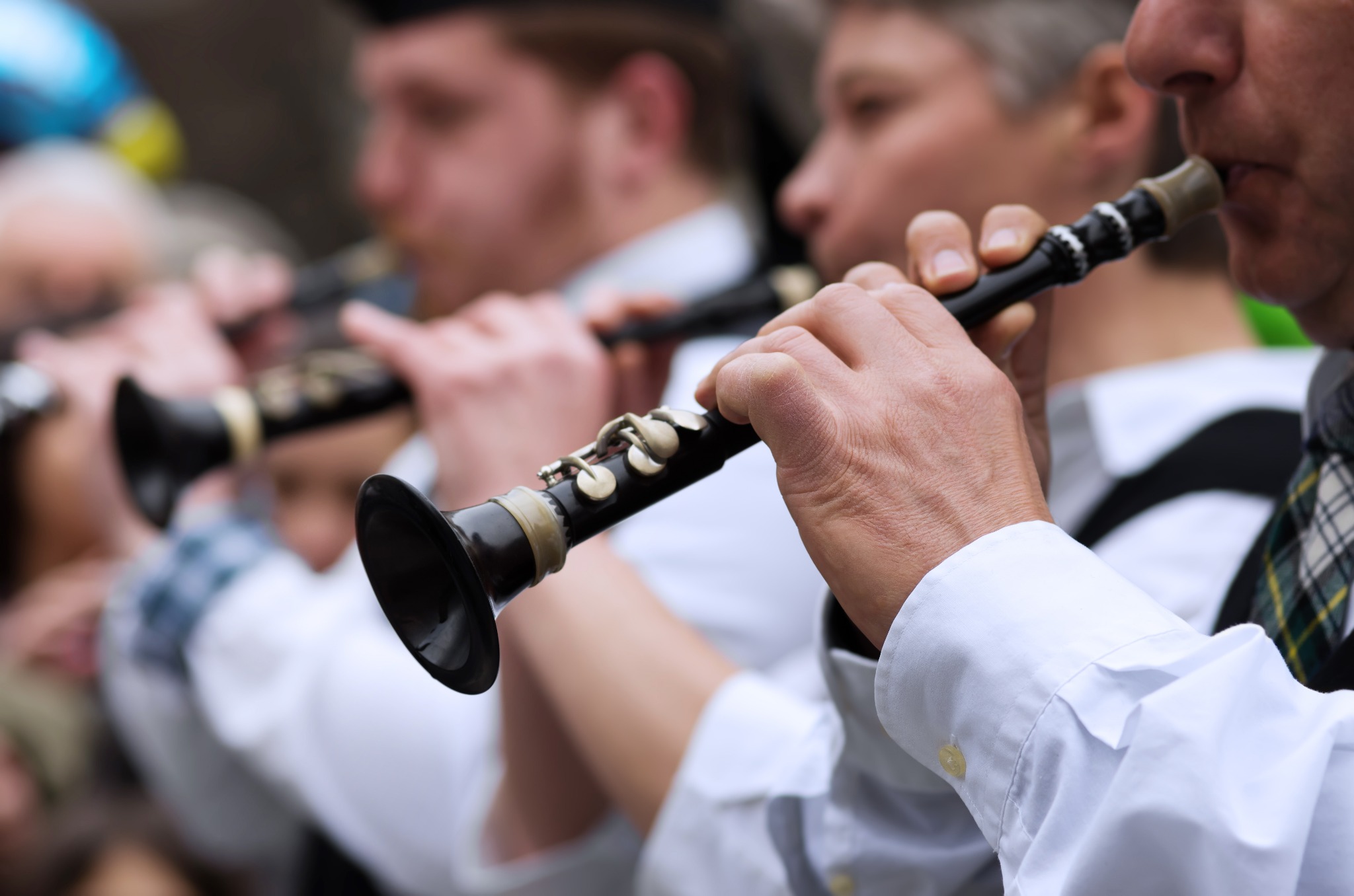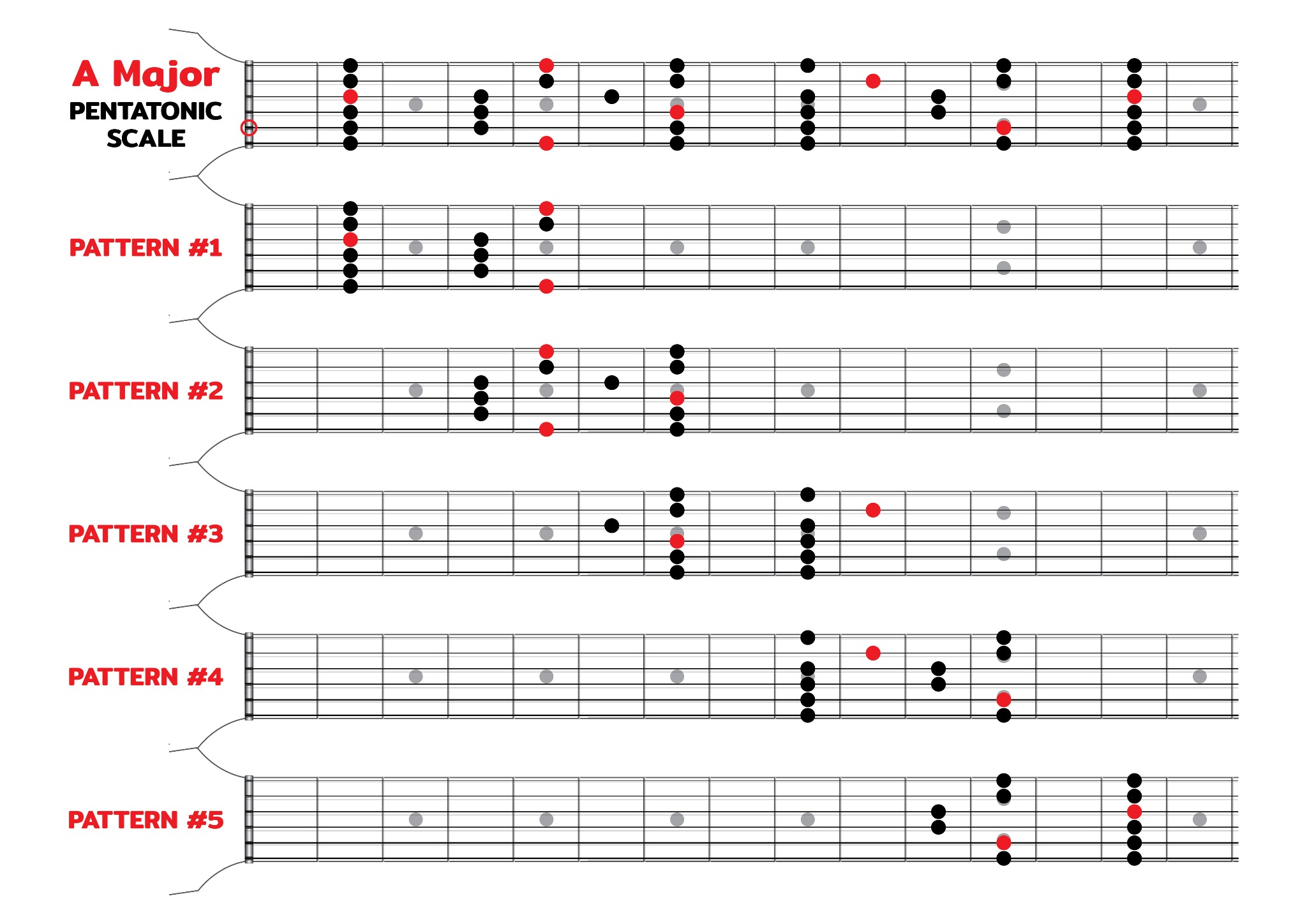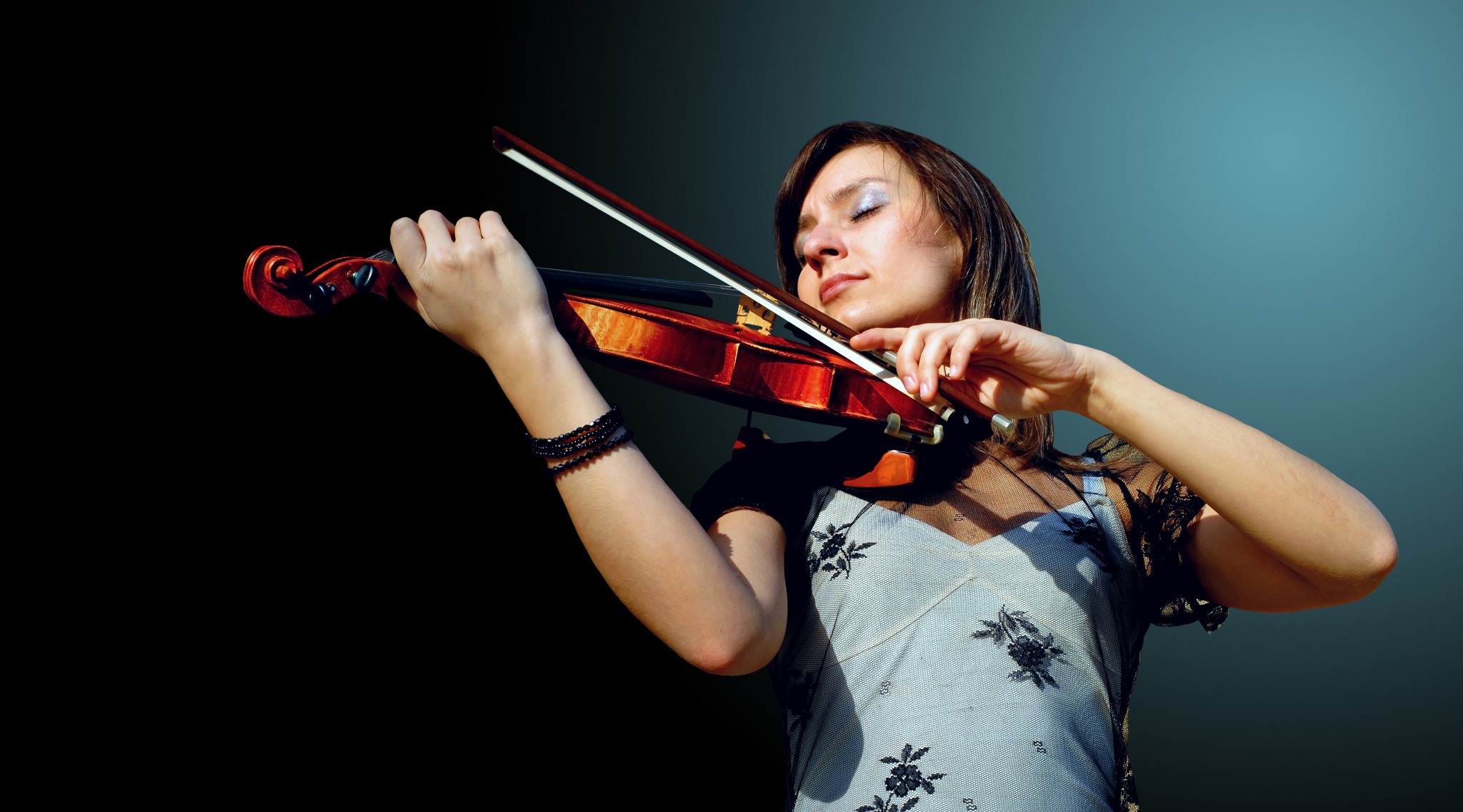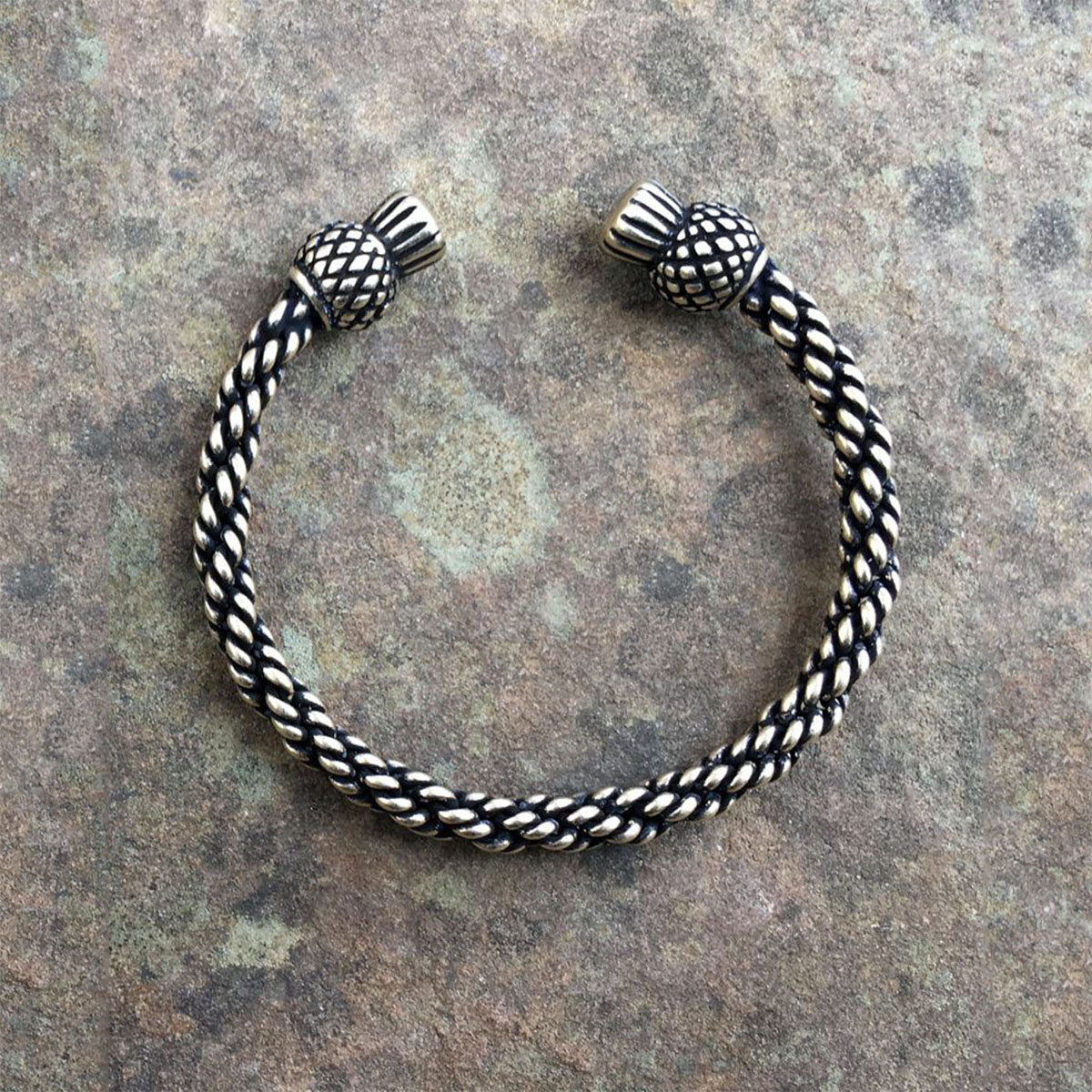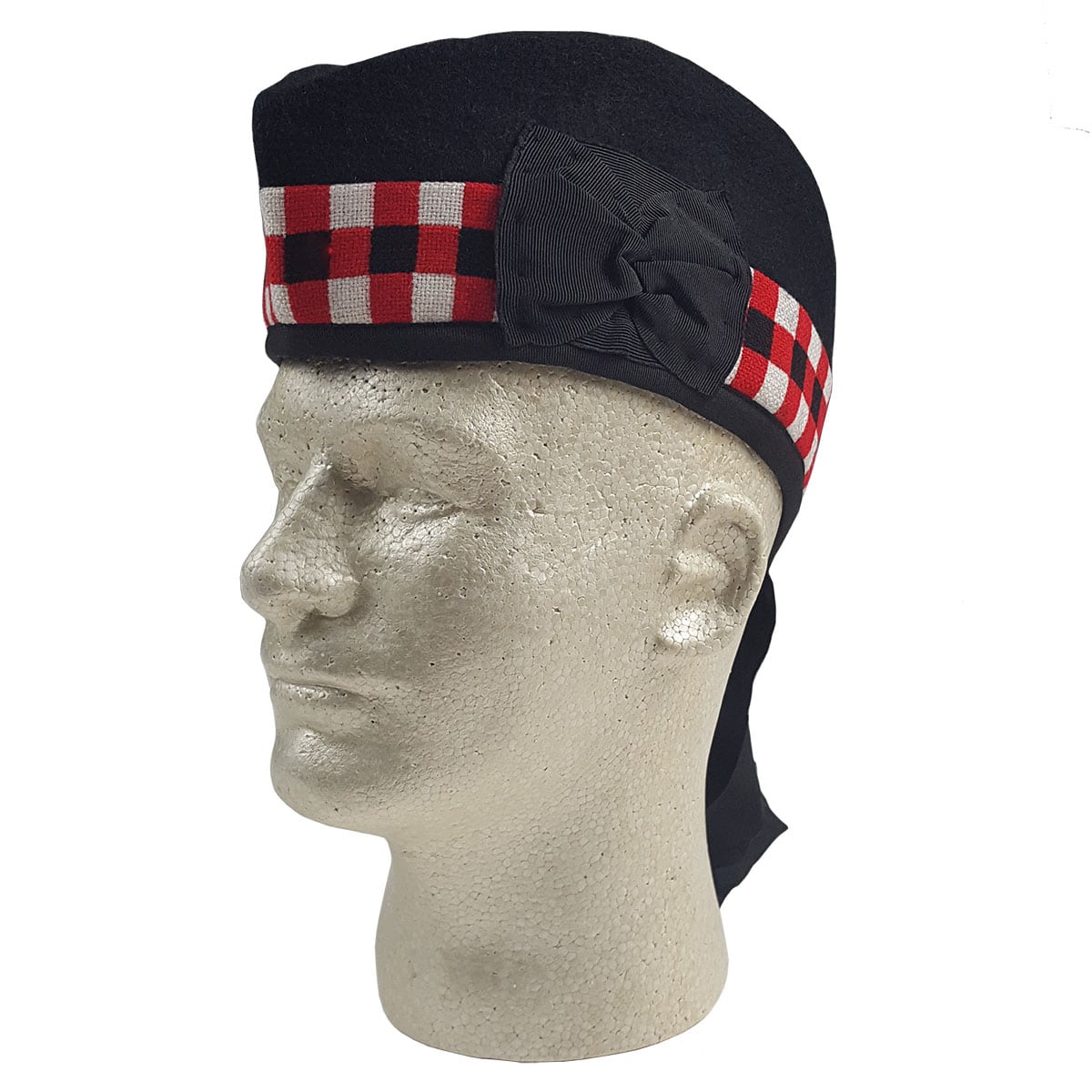When you think of Celtic music, you can almost hear it in your head. But what makes Celtic music unique and so memorable?
Within Celtic music, you’ll find many different styles. A traditional Irish dance tune can make you feel happy and carefree. Some Scottish folk music is sad enough to make you wish Nessie would drag you down in the Loch to hide your tears.
Here is an overview of everything that makes Celtic music the distinctive genre of music it is.
The History of Celtic Music
Celtic music isn’t full of blarney! A sad lament may make you weep for your lost loves.
It might make you sway to the whistling melody. It might make ye want to dance a jig with the beats on the bodhrans.
There is a broad range of genres comprising Celtic music. It evolved from the folk music traditions of the Western European Celtic people.
Ireland and Scotland claim the top spots of recognition, though.
Both countries created and contributed their own distinctive styles, which quickly combined to produce lasting influences.
The bagpipe’s distinctive sound is one of the most recognizable sounds globally and is commonly found in Celtic music! The bagpipe is such a popular instrument, and you’ll discover there are Piping Competitions around the world!
Interestingly, playing the bagpipes was banned in Scotland and would get you punished after the uprising of 1745. The Loyalist Government classified them as an instrument of war.
African Mahogany makes up the most prized of the wooden pipes. If you are interested in learning to play the bagpipe yourself, you can find that tutorial kits and practice chanters are readily available.
Coming to America
As the Europeans crossed the Atlantic, they brought their music with them. Where they landed, what brought them over, and other circumstances continued the melding of sounds to create more modern popular music.
You’ll find very strong connections between Newfoundland folk music and Irish music in Eastern Canada. It shouldn’t shock anyone that the southern shore population is primarily Irish-Catholic.
One thing that connects all Celtic music instruments is the need for strong fingers and lungs. The immigrants from Ireland and Scotland were known to be hard workers, which would often translate into their music.
These newcomers had to do tough physical labor. It’s no wonder they could easily pluck the strings or get the wind across the reeds just right.
Further down the East Coast, you’ll find that more than half the settlers that emigrated to Appalachia (App-uh-latch-uh) came from Scotland, Ireland, and Wales.
In the 1970s, Celtic-style music surged in popularity thanks to influential artists from Scotland, Ireland, Brittany, Wales, and Galicia.
What Makes Celtic Music Unique Compared to Other Music Genres?
When listening to Celtic music (modern or traditional), a few things might stand out. The next time you’re listening to your favorite Celtic-inspired tune, listen closely and see if you notice these attributes.
No Time For Resting
Anyone who has played a wind, reed, or brass instrument knows that you have to take a breath every now and then. You’ll find that one thing that makes Celtic music unique is the lack of rests throughout.
A lack of breaks in the music can make it difficult for the wind musicians to find places to take a breath to keep playing!
All Together Now
Celtic music is usually played in ensembles. Some music instruments traditionally found in a Celtic ensemble are:
- Fiddles
- Pennywhistles or tin whistles
- Banjos
- Flutes
- Bodhrans
- Uilleann Pipes and Bagpipes
- Harps
- Concertinas (like an accordion)
Instruments that play the melody in Celtic music typically play in unison, as opposed to in harmony. This means that the melodic instruments are all playing an identical note repeatedly, as opposed to playing multiple pitches at the same time.
Learn more: If you’re having a hard time imagining what harmony and unison sound like, check out this quick and helpful video.
Encore!
Another staple of Celtic music is that it tends to repeat itself. Luckily, you can expect the musicians to switch it up just enough to keep it interesting!
While repetitiveness is common in Celtic music, so is improvisation. A song may have an established melody, but it’s also likely there are parts of the song that are one-of-a-kind.
Pentatonic Scales
The word “penta” indicates five or having five. A pentatonic scale is a note scale comprised of five notes, as the name implies.
In Celtic music, you often find musicians using a pentatonic scale rather than a scale that includes all seven notes of the musical alphabet.
Using pentatonic scales isn’t limited to Celtic music, though. Other genres of music feature pentatonic scales too, including, Gospel, West African music, and traditional American blues.
Pentatonic scales can make improvisation easier, which is a staple of both Celtic and blues music.
Microtonal Bends
Microtonal bends are featured in many music styles, including rock, folk, blues, country, and Celtic music.
Microtonal bends happen when a musician curls up a string until the note is higher in pitch by a quarter-tone than the original note. This change in tone can often be described as a “twang.”
Including microtonal bends in music gives it a distinct sound and is part of what makes Celtic music unique.
Modern Celtic Music
As the years have gone by, Celtic music has changed to fit a more modern style. In fact, it is suggested that traditional Celtic tunes heavily influence American country music.
What’s more, you can find Celtic music influences in genres like new age, world music, rock, and even mainstream pop.
Overall, Celtic music is more than just a genre perfect for playing at your next St. Patrick’s Day celebration. Celtic music and genres with Celtic influence are full of history, tradition, and soul.
The next time you listen to one of your favorite songs (no matter what genre!), perhaps you’ll hear some influence from traditional Celtic music.

